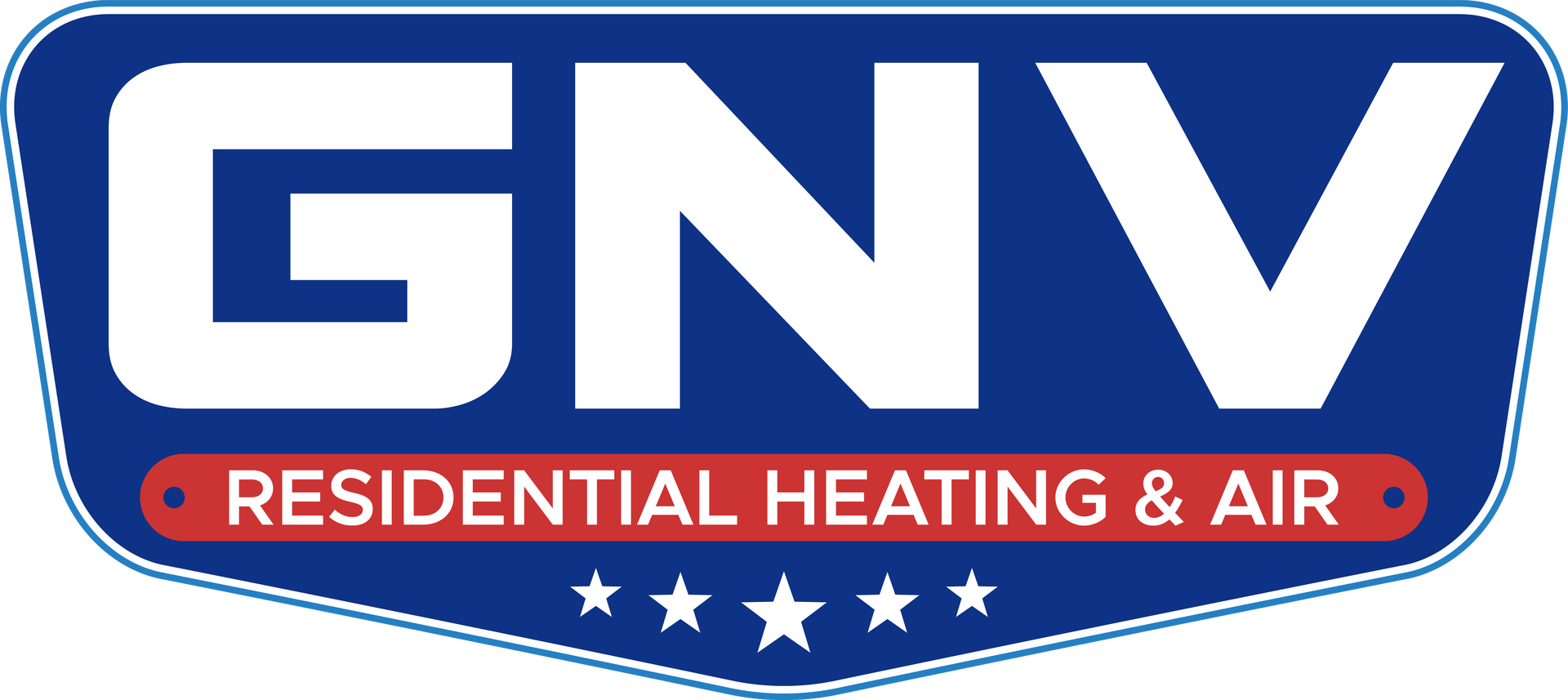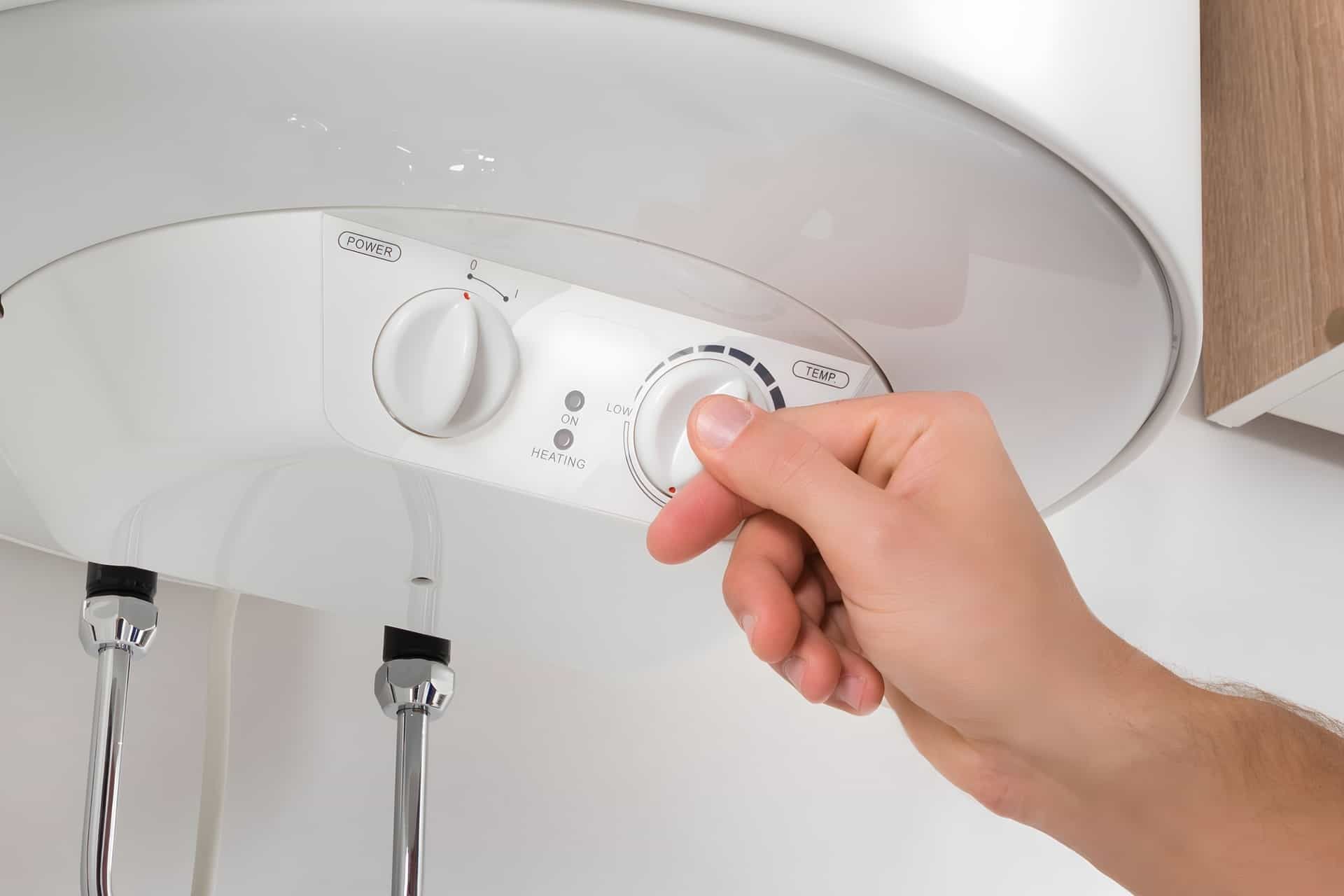How To Check Your Furnace Flue Each Heating Season

As the colder months approach, ensuring your furnace is in good working condition is essential for keeping your home warm and safe. One important but often overlooked part of furnace maintenance is checking the furnace flue. A properly functioning furnace flue helps vent dangerous gases, like carbon monoxide, out of your home. Neglecting this task can lead to poor air quality, inefficient heating, and even safety hazards.
This guide will walk you through how to inspect your furnace flue each heating season, what signs to look out for, and when to call a professional.
What Is a Furnace Flue?
The furnace flue is a pipe or duct that carries combustion gases from your furnace to the outside of your home. These gases, which include carbon monoxide and other harmful substances, need a clear, unobstructed path to exit safely. If the flue is blocked or damaged, these gases can build up inside your home, creating a serious health risk.
A well-maintained furnace flue also helps your
heating system run efficiently, ensuring you get the most out of your energy use while keeping utility bills under control.
Why Checking Your Furnace Flue Is Important
Inspecting your furnace flue annually is crucial for several reasons:
- Prevents Carbon Monoxide Buildup – A blocked or leaking flue can allow carbon monoxide to seep into your home, posing a significant danger.
- Ensures Proper Ventilation – A clear flue helps your furnace run efficiently and safely.
- Extends the Life of Your Furnace – Regular maintenance can help prevent costly repairs or early replacement.
- Reduces Fire Hazards – A cracked or blocked flue can lead to overheating and increase the risk of fire.
How To Check Your Furnace Flue
Before you begin, make sure your furnace is turned off. Working with an active furnace can be dangerous. If you're unsure about any step, consider hiring a professional HVAC technician. Also, keep in mind that all-electric furnaces have no flue loss through a chimney.
Step 1: Locate the Furnace Flue
The flue pipe is typically made of metal and runs from your furnace to an external vent, often through the roof or a side wall. It may be a single pipe or part of a larger venting system. This venting system includes the chimney, vent connectors, and chimney liners.
Step 2: Check for Obvious Damage
Carefully inspect the flue for visible signs of damage, such as:
- Cracks or holes in the pipe
- Rust or corrosion
- Loose or disconnected sections
If you notice significant damage, call a
Furnace professional to assess and repair the issue before using your furnace. When getting a professional, make sure to hire certified or licensed HVAC technicians or chimney sweeps who are knowledgeable about local codes and standards.
Step 3: Look for Blockages
Obstructions in your furnace flue can cause gases to back up into your home. Common blockages include:
- Debris – Leaves, twigs, and dirt can enter the flue, especially if it lacks a proper cap.
- Birds or Animals – Small animals sometimes build nests inside vents.
- Soot and Buildup – Over time, soot and creosote can accumulate and restrict airflow.
To check for blockages, look into the flue with a flashlight or carefully use a small mirror to inspect areas that are hard to see. If you are converting to a gas appliance, building codes require that you get the flue inspected and cleaned before converting.
Step 4: Test for Airflow Issues
A simple way to test whether your flue is venting properly is by performing a smoke test:
- Light a small piece of paper or incense near the furnace burner.
- Observe where the smoke goes – it should be drawn up and out of the flue.
- If the smoke lingers or moves back into the room, there could be a blockage.
If you suspect an issue, turn off your furnace immediately and contact a professional.
Step 5: Inspect the Flue Cap
A flue cap prevents rain, snow, and debris from entering the pipe. Make sure the cap is securely in place and free of damage. If it is missing or broken, replace it as soon as possible.
Step 6: Look for Moisture Issues
Excess moisture inside the flue can lead to rust and deterioration. Signs of moisture problems include:
- Water stains or dripping inside the flue
- Rusted pipe sections
- A musty smell near the furnace
Moisture issues often indicate poor venting or a damaged flue cap. Addressing them quickly can help prevent costly repairs.
Signs That Your Furnace Flue Needs Immediate Attention
Even if you perform a seasonal inspection, there are warning signs that indicate your furnace flue needs urgent repair:
- Unusual Odors – A strong, burning, or gas-like smell near your furnace could indicate a flue problem.
- Visible Smoke Indoors – If you see smoke inside your home when the furnace is running, turn it off immediately and check the flue.
- Carbon Monoxide Detector Alerts – If your carbon monoxide detector goes off, leave your home immediately and call emergency services.
- Soot Around Vents – Black soot around your furnace or vent openings suggests poor combustion and venting issues.
- Higher Energy Bills – A blocked or leaking flue can reduce efficiency, making your furnace work harder and increasing energy costs.
When to Call a Professional
While checking your furnace flue is something you can do yourself, there are situations where you should call an HVAC professional:
- If you notice cracks, leaks, or corrosion in the flue
- If you suspect a blockage but can’t clear it yourself
- If your furnace is not venting properly and you smell gas or fumes
- If your carbon monoxide detector sounds an alarm
A trained technician can thoroughly inspect, clean, and repair your furnace flue, ensuring it operates safely and efficiently.
Tips for Keeping Your Furnace Flue in Good Condition
- Check the flue cap regularly to prevent debris and animals from entering.
- Schedule an annual furnace inspection with a professional HVAC technician.
- Keep the area around your furnace clear to ensure proper airflow.
- Install carbon monoxide detectors near sleeping areas and on each level of your home.
- Replace your furnace filter regularly to help maintain efficiency and
air quality.
Make sure your furnace flue installation complies with local building codes. These codes vary by jurisdiction and cover aspects like materials, clearances, venting capacity, and system design.
Conclusion
Checking your furnace flue each heating season is a simple but crucial step in home maintenance. A clean and properly functioning flue ensures safe ventilation, prevents dangerous gas buildup, and helps your furnace run efficiently. By following these steps, you can protect your home and family while extending the life of your heating system.
Need professional furnace maintenance? Contact
GNV Heating and Air Conditioning
today for expert service and peace of mind!
Disclaimer: The information on this website and blog is for general informational purposes only and is not professional advice. We make no guarantees of accuracy or completeness. We disclaim all liability for errors, omissions, or reliance on this content. Always consult a qualified professional for specific guidance.






